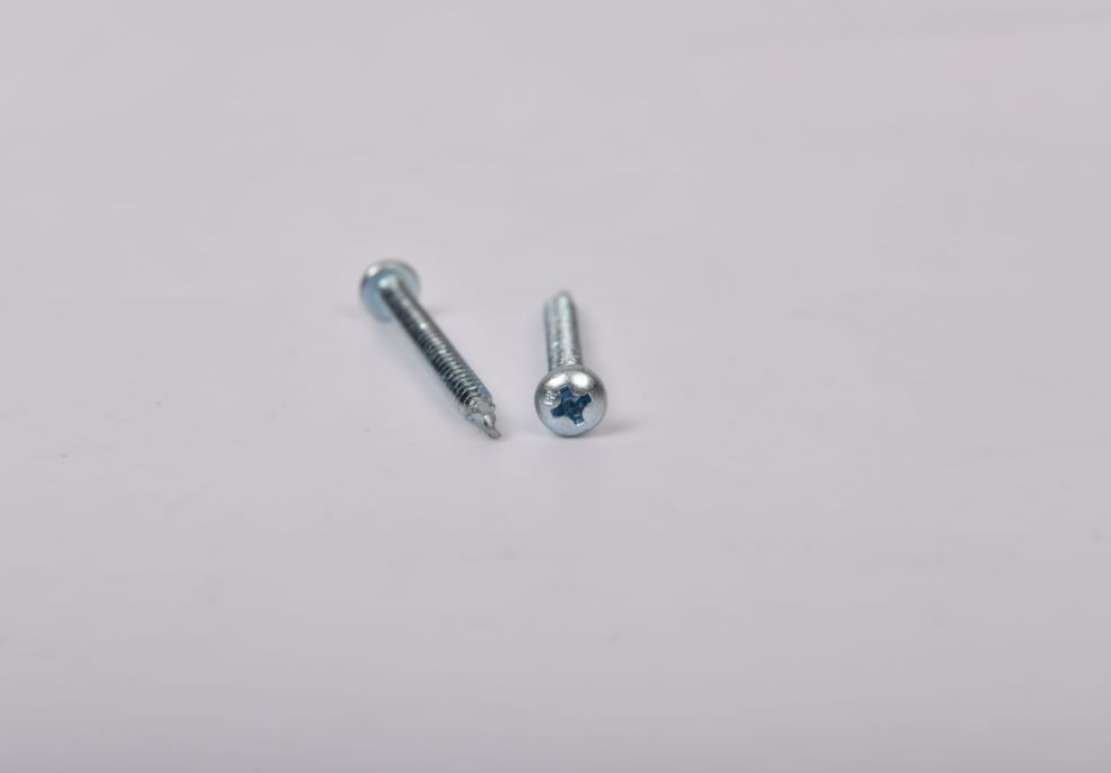spackling screw holes in drywall
Spackling screw holes in drywall is a fundamental home repair task that many homeowners may find themselves needing to tackle. Whether you’re preparing for a fresh coat of paint, removing shelves, or simply repairing minor imperfections, properly filling screw holes can make a significant difference in the overall appearance of your walls. Here’s a simple guide on how to effectively spackle those unsightly holes.
First, gather your materials. You will need a high-quality spackling compound, a putty knife, sandpaper (medium and fine grit), a damp cloth, and a primer or paint to finish the job. Choosing the right spackling compound is crucial; lightweight compounds are ideal for small holes, while heavier versions may be necessary for larger gaps.
Before you begin, prepare the area. Start by cleaning around the screw holes with a damp cloth to remove dust and debris. This ensures that the spackling compound adheres properly. If the holes are particularly rough or damaged around the edges, you might want to gently sand the area first to create a smoother surface for application.
Next, use the putty knife to scoop out a small amount of the spackling compound. Press the compound into the screw hole, filling it completely. Be sure to overfill slightly, as spackling compound shrinks as it dries. Hold the putty knife at a 45-degree angle and scrape it across the wall to smooth out the surface, removing any excess compound. This technique helps to ensure a seamless finish that won’t be visible once painted.
spackling screw holes in drywall

Allow the spackling compound to dry according to the manufacturer’s instructions, typically a couple of hours. Once dry, use medium-grit sandpaper to gently sand the filled hole until it is flush with the surrounding wall. Follow this by using fine-grit sandpaper for a smoother finish. Remember to wipe the area with a damp cloth after sanding to remove any dust.
Finally, if the area requires painting, apply a coat of primer first, especially if you’re using a different paint finish
. Once the primer is dry, you can proceed to paint the wall.In conclusion, spackling screw holes in drywall is a straightforward process that can enhance the aesthetic value of your home. With the right tools and techniques, you can achieve a professional finish and restore the beauty of your walls. Whether for maintenance or preparation, mastering this skill is a valuable asset for any homeowner.
-
Top Choices for Plasterboard FixingNewsDec.26,2024
-
The Versatility of Specialty WashersNewsDec.26,2024
-
Secure Your ProjectsNewsDec.26,2024
-
Essential Screws for Chipboard Flooring ProjectsNewsDec.26,2024
-
Choosing the Right Drywall ScrewsNewsDec.26,2024
-
Black Phosphate Screws for Superior PerformanceNewsDec.26,2024
-
The Versatile Choice of Nylon Flat Washers for Your NeedsNewsDec.18,2024










